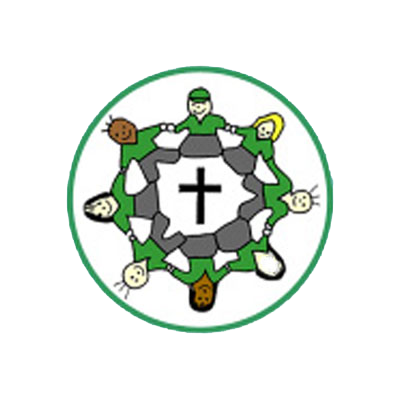Computing
Computing at St Martin’s intends to develop ‘thinkers of the future’ through a modern, ambitious and relevant education in computing. We want to equip pupils to use computational thinking and creativity that will enable them to become active participants in the digital world. It is important to us that the children understand how to use the ever-changing technology to express themselves, as tools for learning and as a means to drive their generation forward into the future.
Whilst ensuring they understand the advantages and disadvantages associated with online experiences, we want children to develop as respectful, responsible and confident users of technology, aware of measures that can be taken to keep themselves and others safe online.
Our aim is to provide a computing curriculum that is designed to balance acquiring a broad and deep knowledge, alongside opportunities to apply skills in various digital contexts. Beyond teaching computing discreetly, we will give pupils the opportunity to apply and develop what they have learnt across wider learning in the curriculum.
How can I help keep my child safe online?
Social networking is hugely popular. Many young people are sophisticated in the way they use social media apps and websites, tailoring their communication for different audiences, and accessing them from a range of devices including smartphones, tablets, and games consoles.
But social media, like all forms of public communication, comes with some risks. Not all of these risks turn into actual problems; and if children never face any risks, they never learn how to deal with them. By helping your child understand what the risks are, you can play a big part in preventing them from turning into problems.
1. Understand the risks children may need to deal with:
What they might see or do:
- Seeing or sharing of violent, sexual and pornographic content
- Inaccurate or false information and extreme views
- Promotion of harmful behaviours including self-harm, anorexia and suicide
- Over-sharing of personal information
- Actively or unintentionally getting involved in bullying or hurtful behaviour
Who they might meet:
- People who might bully, intimidate or frighten
- People posing behind fake profiles for:
- Mischief-making
- Sexual grooming and stalking
- Blackmail and extortion
- Identity theft and hacking
How this could affect them:
- Fear of missing out leading to excessive use or exaggeration
- Getting upset by things they have seen and being uncertain about what to do
- Engaging, or being pressured into engaging in more risky behaviour either by accident or by design
- Developing unrealistic, and perhaps depressing ideals of body image and gender
- Becoming subject to peer pressure or interactions that are intense or too difficult to handle
- Creating an online reputation that may create problems for them in the future
2. Practical tips to help minimise the risks your child might face
It’s good practice for apps and websites to have safety advice and well-designed safety features which can make a real difference to how safe your child will be when using them. Work through safety and privacy features on the apps that your child is using, or might use. Make sure they understand the point of these and how to use them.
Don’t be put off by believing your child knows more than you: the tools are actually quite easy to manage.
- Ask them to show you which social media apps they use and what they like about them. Talk about how they use them and what makes them so engaging
- Explain how you can use privacy settings to make sure only approved friends can see posts & images
- Check if any of their apps have ‘geo-location’ enabled, sharing their location unintentionally
- Show them how to report offensive comments or block people who upset them
- Check ‘tagging’ settings so that when others are posting or sharing photos online, your child’s identity is not revealed. Also, get people‘s consent before sharing photos
- Encourage your child to come and talk to you if they see anything that upsets them
3. Keep talking and stay involved
In a mobile age, children can’t be completely protected, even by the best privacy controls; another child may use different settings. So it’s important to keep talking to your child about the implications of social media. Getting a sense of what they think is a useful place to start; you may be surprised by how much thought they may have given to the issues.
Encourage your child to think carefully about the way they, and others behave online, and how they might deal with difficult situations.
- People may not always be who they say they are online: how can this create problems?
- Why is it unwise to meet anyone in the real world that you’ve only ever met online?
- Even if you think your messages are private, remember that words and images can always be captured and broadcast.
- People present themselves differently online - do they really look like that? Are they always having that good a time?
- Be aware that screens, and especially being anonymous, can lead people to say things they wouldn’t say to someone’s face.
- What does being a good friend and a likeable person online look like?
- There can be pressure to be part of a particular group online or to be seen to be following a certain set of ideas
- How can you take a step back and make your own decisions?
4. For more information:
You can find out more about how children use social media, the apps they use, the risks they face, how to use privacy settings, and advice and tips about how to talk to your children at:
- www.childnet.com/sns
- www.internetmatters.org
- www.nspcc.org.uk/onlinesafety
- www.parentzone.org.uk
- www.parentzone.org.uk](www.parentzone.org.uk)
- www.askaboutgames.com
